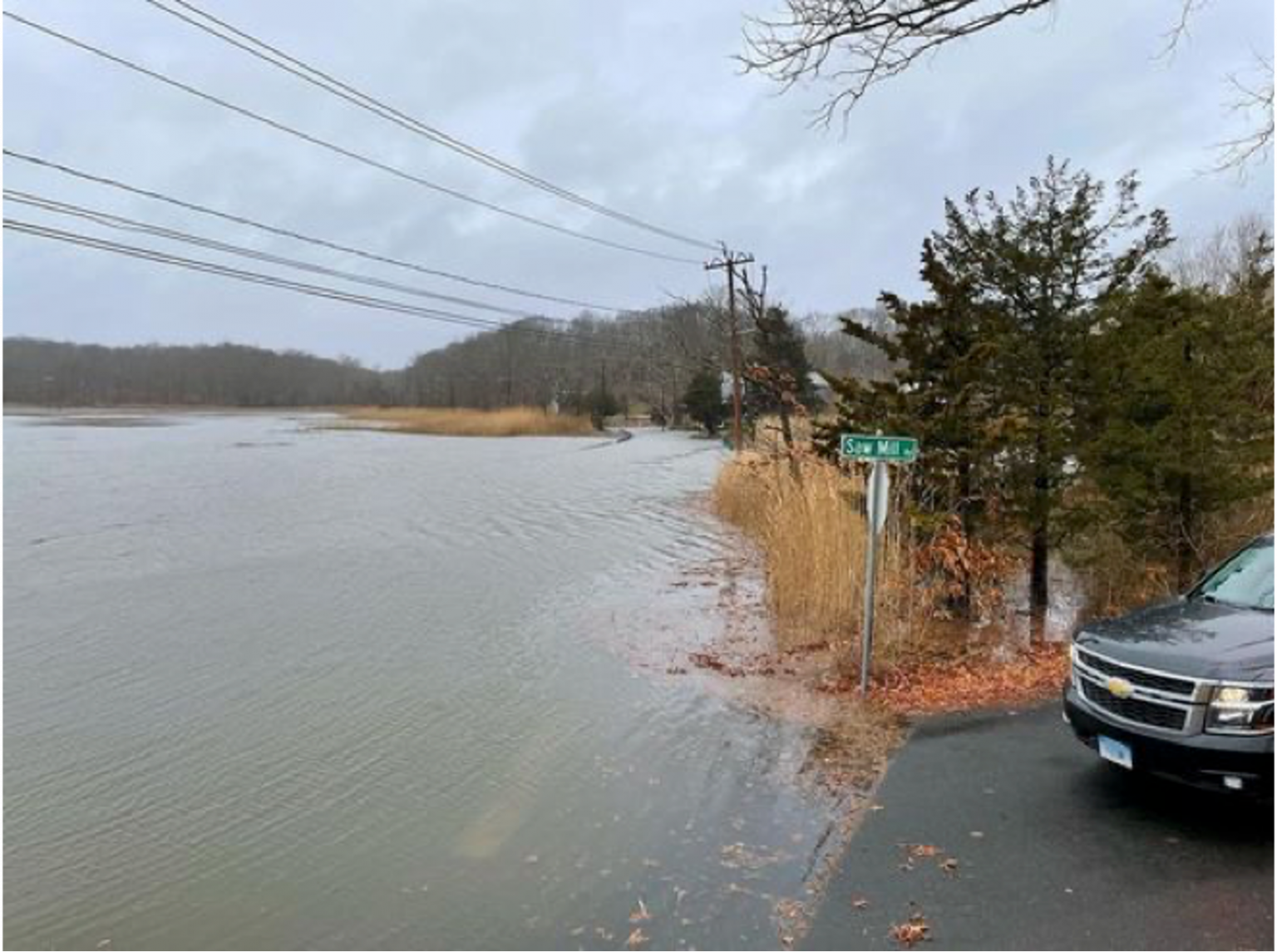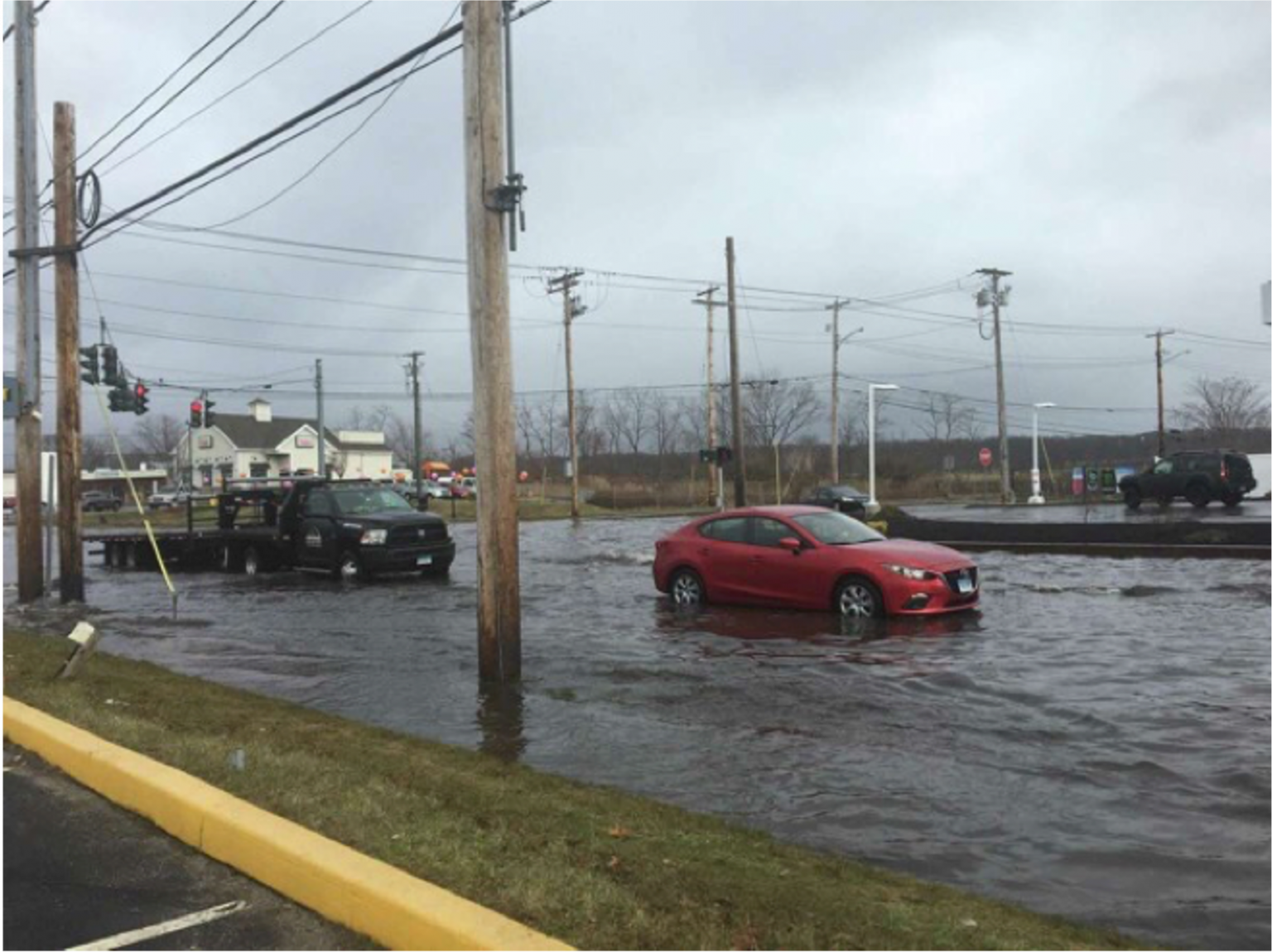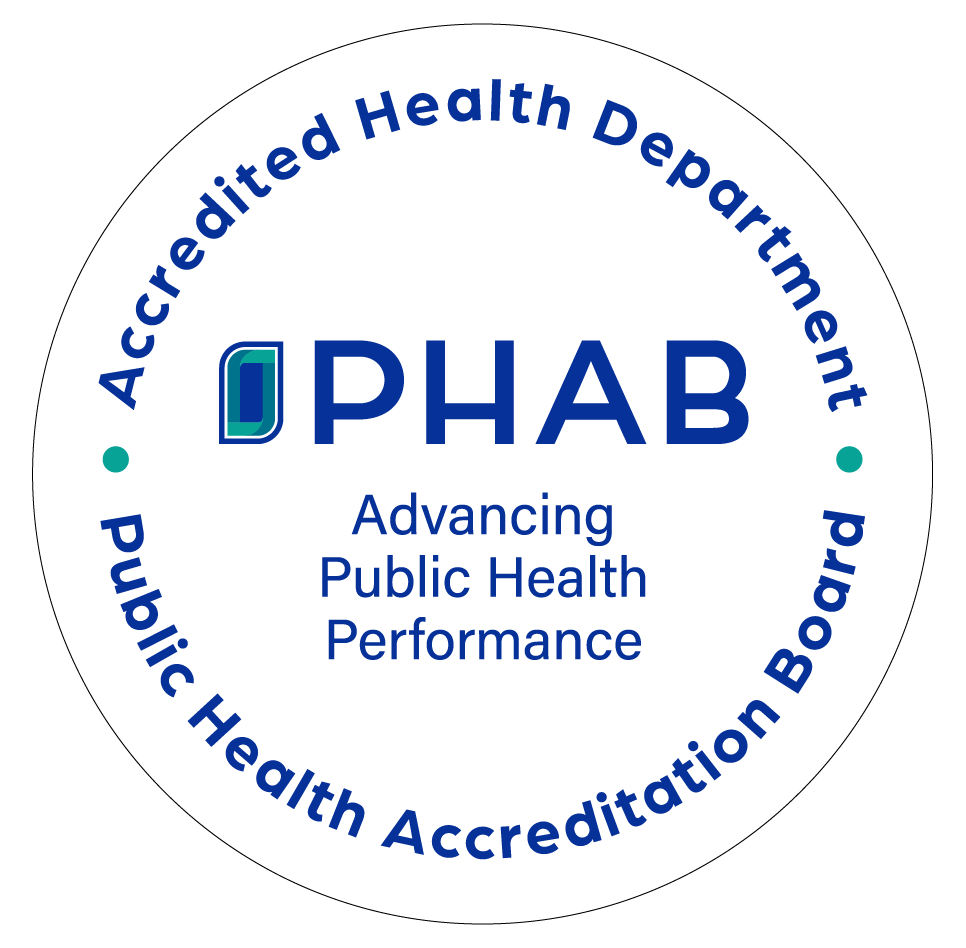East Shore District Health Department
Property Search
Access land record information
Beach Water Testing
Beach water testing results and closure information for the 2025 season
Event Calendar
See what’s coming up
CT Ready! Personal Preparedness Guides
Use this guide to be prepared for any emergency
Emergency Preparedness
Public health emergencies can have significant impact on our shoreline communities. ESDHD works with town leaders, community partners, neighboring communities, and state partners to prepare for many types of emergencies.
ESDHD has developed plans that detail its response to public health emergencies including many natural, technological, and human-caused disasters. Learn more below about the different types of disasters that could effect our community.


Natural
Extreme cold can cause frostbite and hypothermia, so check weather forecasts regularly and avoid outdoor activities during the coldest morning hours when temperatures are most dangerous. Dress in warm layers with gloves, hat, sturdy boots, and jacket even for brief outdoor trips, and keep your vehicle’s gas tank at least half full with a winter survival kit including blankets, food, water, and charged cell phone. When using space heaters or other heating devices, ensure proper ventilation to prevent carbon monoxide poisoning and never use outdoor heating equipment like grills or generators inside your home. Never use your oven to heat your home. Protect pets from prolonged cold exposure while ensuring they have unfrozen food and water, take precautions to prevent your home’s water pipes from freezing, and prepare your car with essential supplies like jumper cables, flashlight, ice scraper, shovel, and cat litter for tire traction.
Learn the signs of frostbite and hypothermia to better protect yourself and others.
Extreme heat poses serious health risks, especially for elderly residents, young children, and outdoor workers who need extra protection during heat waves. Stay hydrated by drinking plenty of cool fluids throughout the day, wear lightweight and light-colored clothing, and seek air-conditioned spaces like shopping malls or libraries when your home lacks cooling. Limit outdoor activities to early morning and evening hours, and use the buddy system to check on at-risk individuals at least twice daily during extreme heat events. Never leave children, elderly individuals, or pets in parked cars, as interior temperatures can rise to deadly levels within minutes even with windows cracked.
Learn more about how to protect yourself from the effects of extreme heat.
Before a hurricane:
Cover windows with storm shutters or plywood.
Tune in for local information.
Know how to turn off your gas, electricity, and water in case you need to evacuate.
Secure outdoor items by moving them to the garage or shed
Designate a shelter area if you can’t evacuate, rooms without windows are best
Can be caused by rain, snow, coastal storms, winds and flash flooding
Floods can cause outages, structural damage, and landslides
Excessive rainfall can cause high bacterial levels
Influenza viruses remain the most likely pathogen to cause the next pandemic due to their ability to mutate rapidly and spread efficiently between people, while coronaviruses and other respiratory diseases can also cause serious outbreaks that overwhelm healthcare systems.
Prepare for infectious disease emergencies by maintaining a 30-day supply of essential medications, non-perishable food, and household supplies to reduce the need for public outings during widespread illness. Practice good hygiene including frequent handwashing, covering coughs and sneezes, and staying home when sick to prevent transmission to others in your community. Stay informed through reliable health authorities like the Connecticut Department of Public Health for vaccination recommendations, travel advisories, and protective measures during disease outbreaks.
Connecticut is most at risk for dangerous winter storms and blizzards from November through April, bringing threats of heavy snow, ice, extreme cold, and power outages.
You can take steps to prepare your home before the winter season by winterizing walls and pipes in your home, learning to shut off water valves, repair roofs, and make sure you have sufficient heating supplies and working heating sources. You can find more information on preparing your self and your home for winter storms and blizzards here.
Poor air quality occurs when elevated levels of pollutants like particulate matter, ozone, and nitrogen dioxide pose health risks, with children, elderly, and those with respiratory conditions facing the greatest danger. When air quality alerts are issued, monitor conditions closely and limit outdoor activities while keeping windows and doors closed to reduce exposure to hazardous pollutants. N95 masks can help filter smoke and pollutants when you must go outside, but staying indoors remains the best protection during poor air quality events.
Learn more about how air quality effects your health and what the current air quality is for your area.
Technological or Human-Caused Disasters
Technological disasters involve accidents or the failures of systems and structures. Technological disasters can include but are not limited to transportation accidents, hazardous materials release, power failure, radiological release, or train derailment.
Human-caused disasters are caused by the intentional actions of an adversary. Technological disasters include but are not limited to cyber incidents, bioterrorism, or biological/chemical threats.
While technological and human-caused disasters are less common than natural disasters, it is still important to be aware of and plan for the risk they pose to the public’s health.

